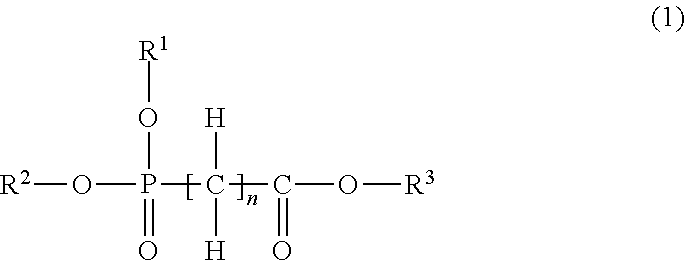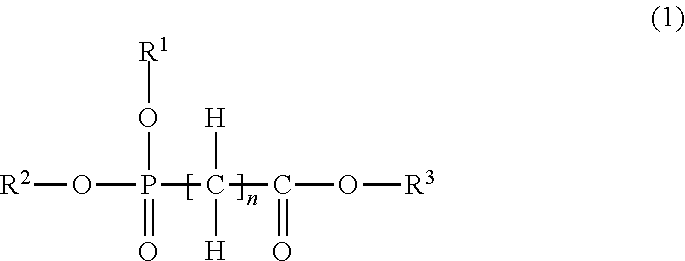Nonaqueous electrolytic solution and nonaqueous electrolyte battery
a nonaqueous electrolyte and electrolyte technology, applied in the direction of electrochemical generators, electric devices, primary cells, etc., can solve the problems of inability to obtain sufficient characteristics, inability to uniformly use active materials, and acceleration of degradation of active materials, etc., to achieve excellent storage characteristics, reduce size, and high capacity
- Summary
- Abstract
- Description
- Claims
- Application Information
AI Technical Summary
Benefits of technology
Problems solved by technology
Method used
Image
Examples
example 1
[0197]Ninety-four parts by weight of natural graphite powder and 6 parts by weight of poly(vinylidene fluoride) were mixed, wherein in the natural graphite powder had a d value of a lattice plane (002 plane) by X-ray diffraction of 0.336 nm, a crystallite size (Lc) of 652 nm., an ash content of 0.07 wt %, a median diameter by a laser diffraction scattering method of 12 μm, a specific surface area by a BET method of 7.5 m2 / g, an R value (=IB / IA) determined by Raman spectrum analysis using argon ion laser light of 0.12, and a half width of a peak in the range of 1570 to 1620 cm−1 of 19.9 cm−1. Then, N-methyl-2-pyrrolidone was added thereto to form slurry. This slurry was uniformly applied to one face of a copper foil having a thickness of 12 μm and was dried. Then, the foil applied with the slurry was pressed to form a negative electrode such that the density of the negative electrode active material layer was 1.67 g / cm3.
[0198]Ninety parts by weight of LiCoO2, 4 parts by weight of car...
example 2
[0201]A sheet-type lithium secondary battery was produced as in Example 1 except that triethyl phosphonoacetate was used instead of triethyl phosphonoformate used in the preparation of the electrolytic solution of Example 1, and continuous charge characteristics and high-temperature storage characteristics were evaluated. The evaluation results are shown in Table 1.
example 3
[0202]A sheet-type lithium secondary battery was produced as in Example 1 except that triethyl-3-phosphonopropionate was used instead of triethyl phosphonoformate used in the preparation of the electrolytic solution of Example 1, and continuous charge characteristics and high-temperature storage characteristics were evaluated. The evaluation results are shown in Table 1.
PUM
| Property | Measurement | Unit |
|---|---|---|
| wt % | aaaaa | aaaaa |
| wt % | aaaaa | aaaaa |
| melting point | aaaaa | aaaaa |
Abstract
Description
Claims
Application Information
 Login to View More
Login to View More - R&D
- Intellectual Property
- Life Sciences
- Materials
- Tech Scout
- Unparalleled Data Quality
- Higher Quality Content
- 60% Fewer Hallucinations
Browse by: Latest US Patents, China's latest patents, Technical Efficacy Thesaurus, Application Domain, Technology Topic, Popular Technical Reports.
© 2025 PatSnap. All rights reserved.Legal|Privacy policy|Modern Slavery Act Transparency Statement|Sitemap|About US| Contact US: help@patsnap.com



